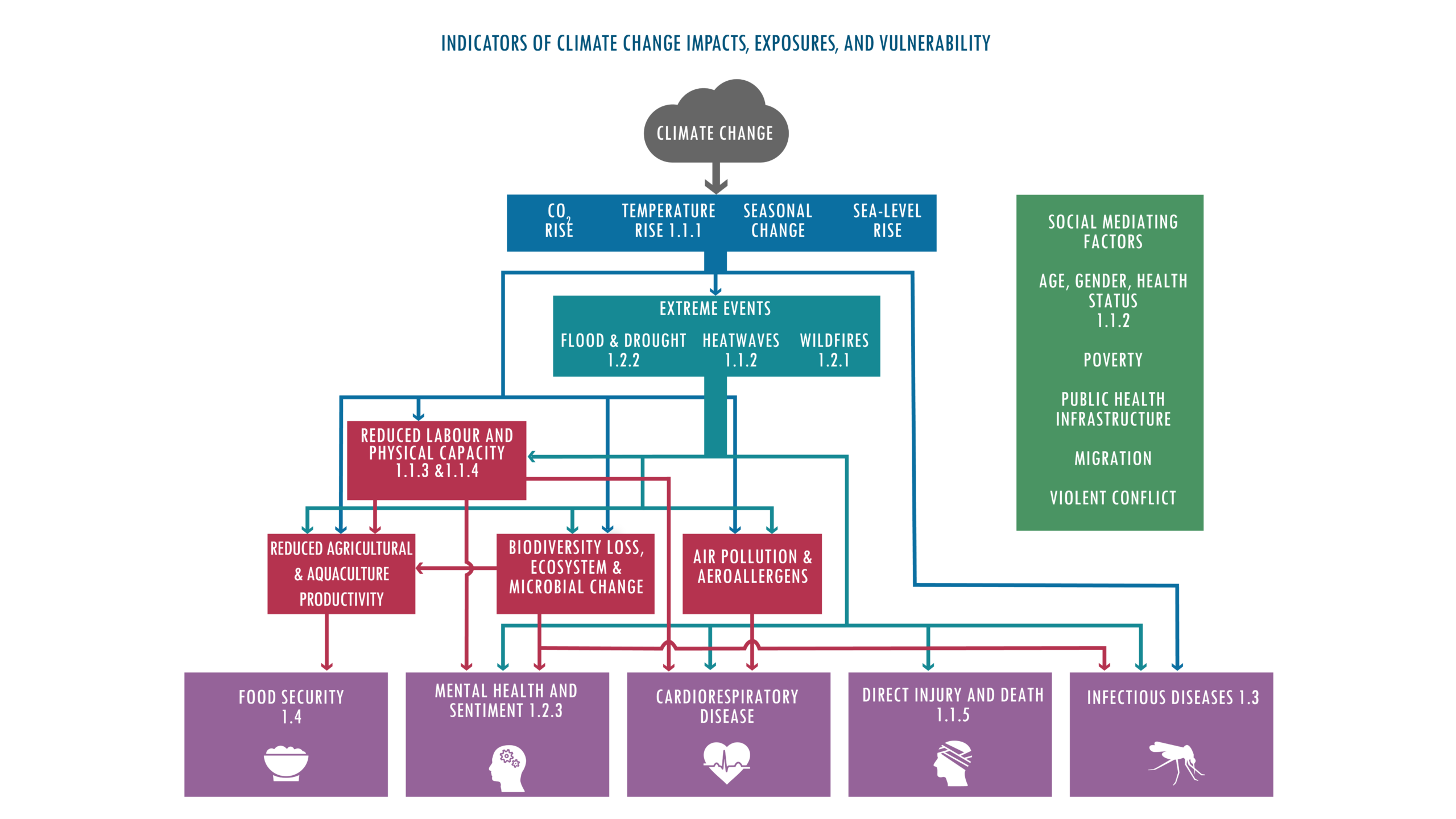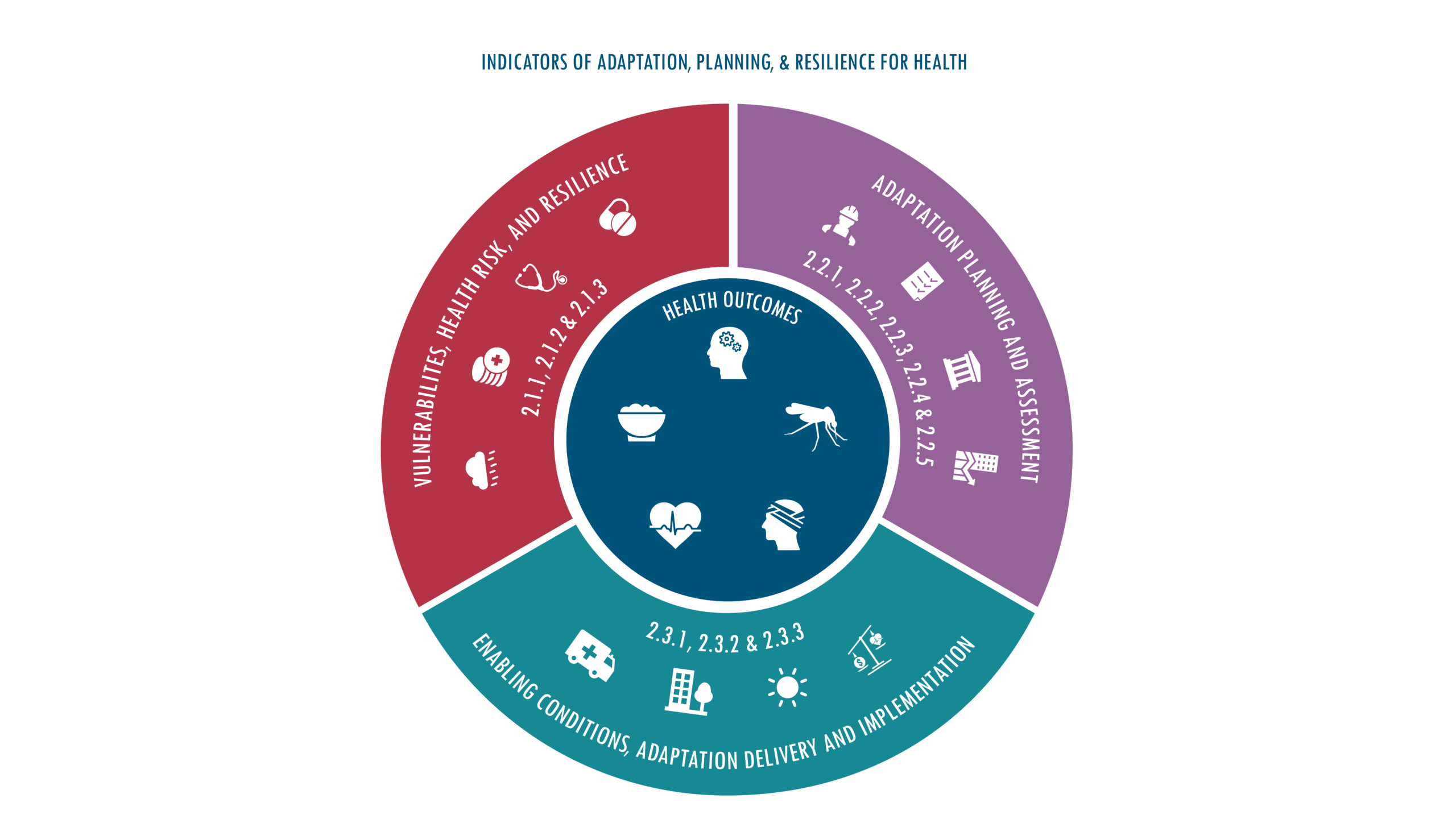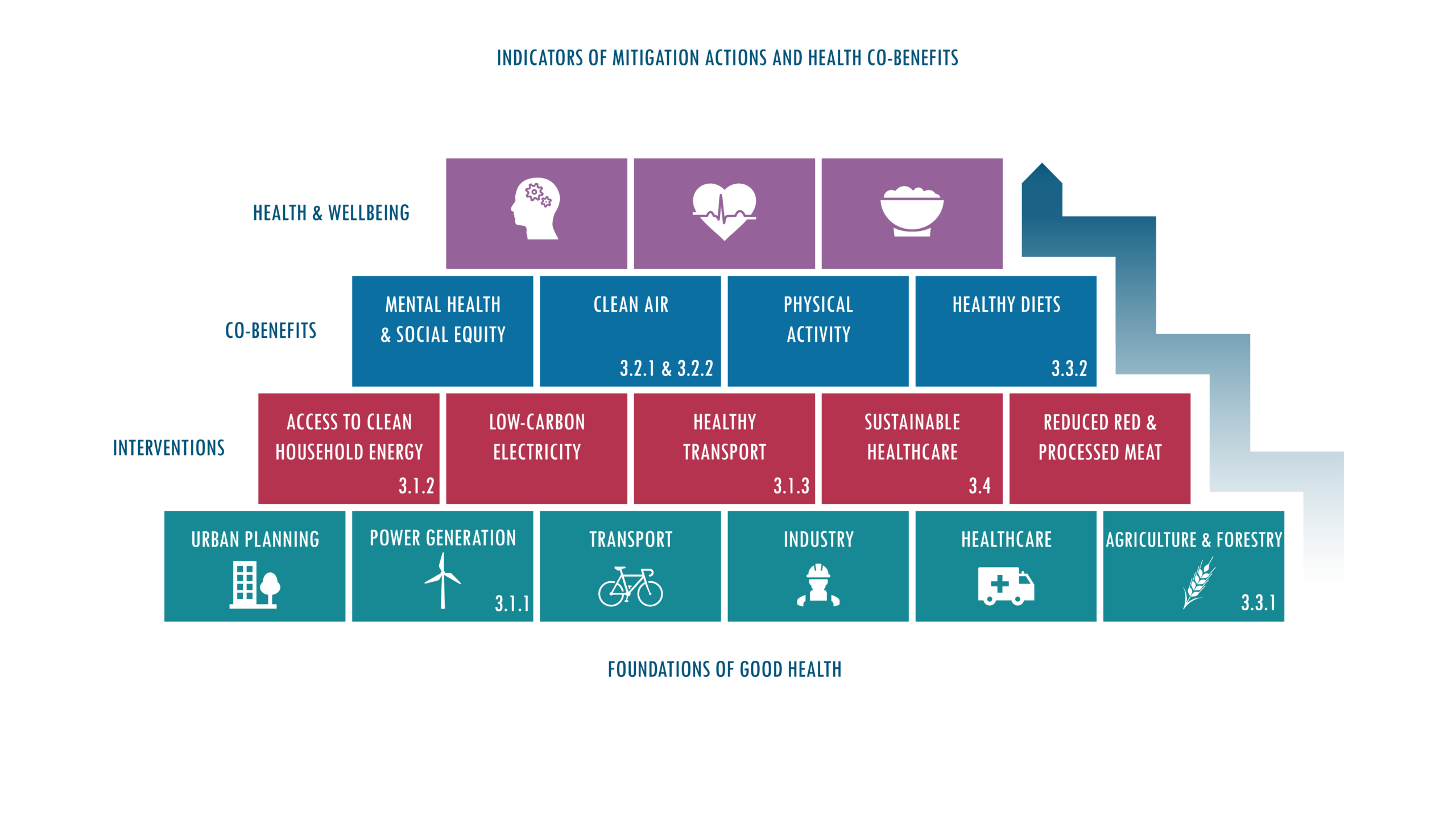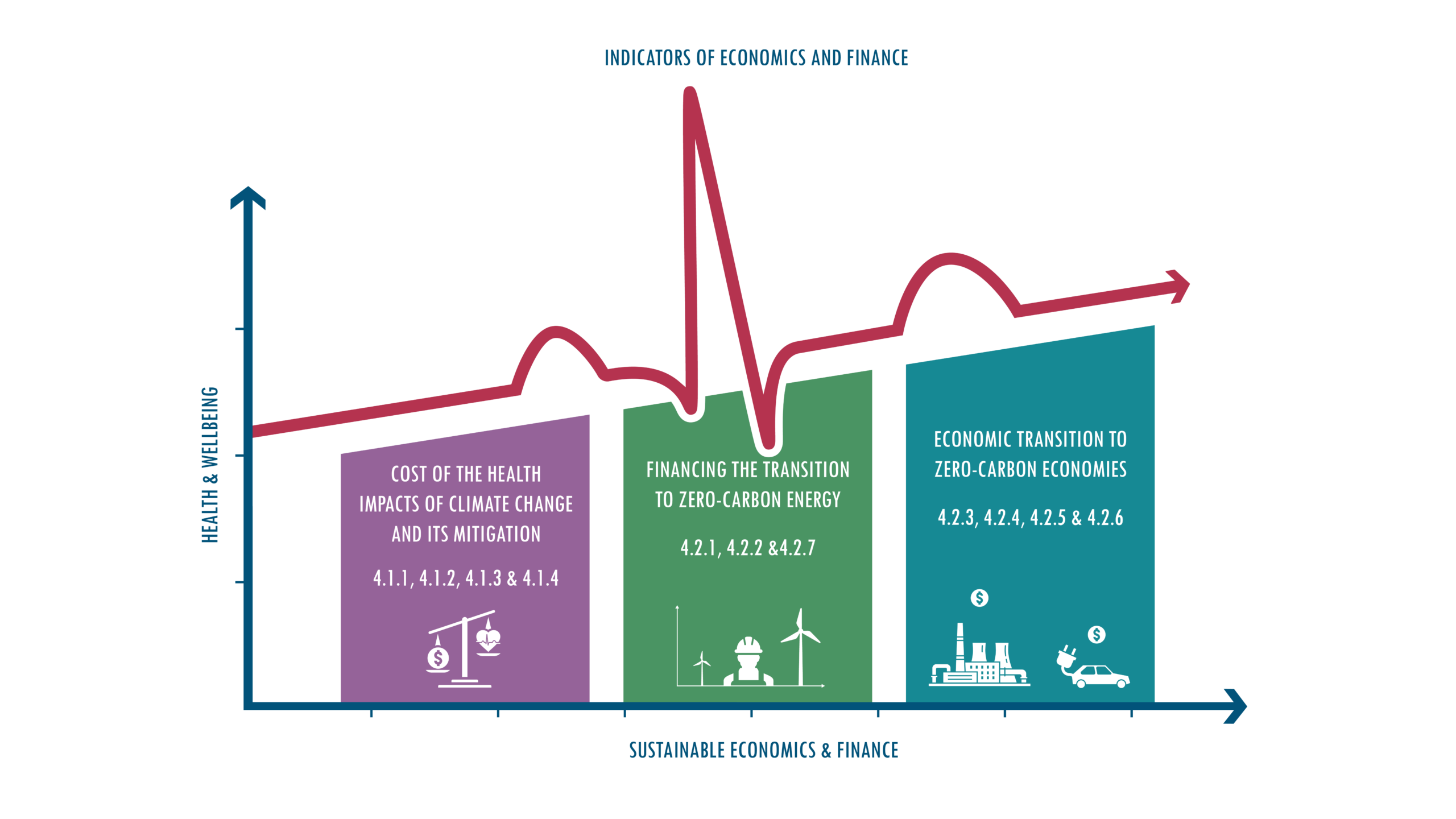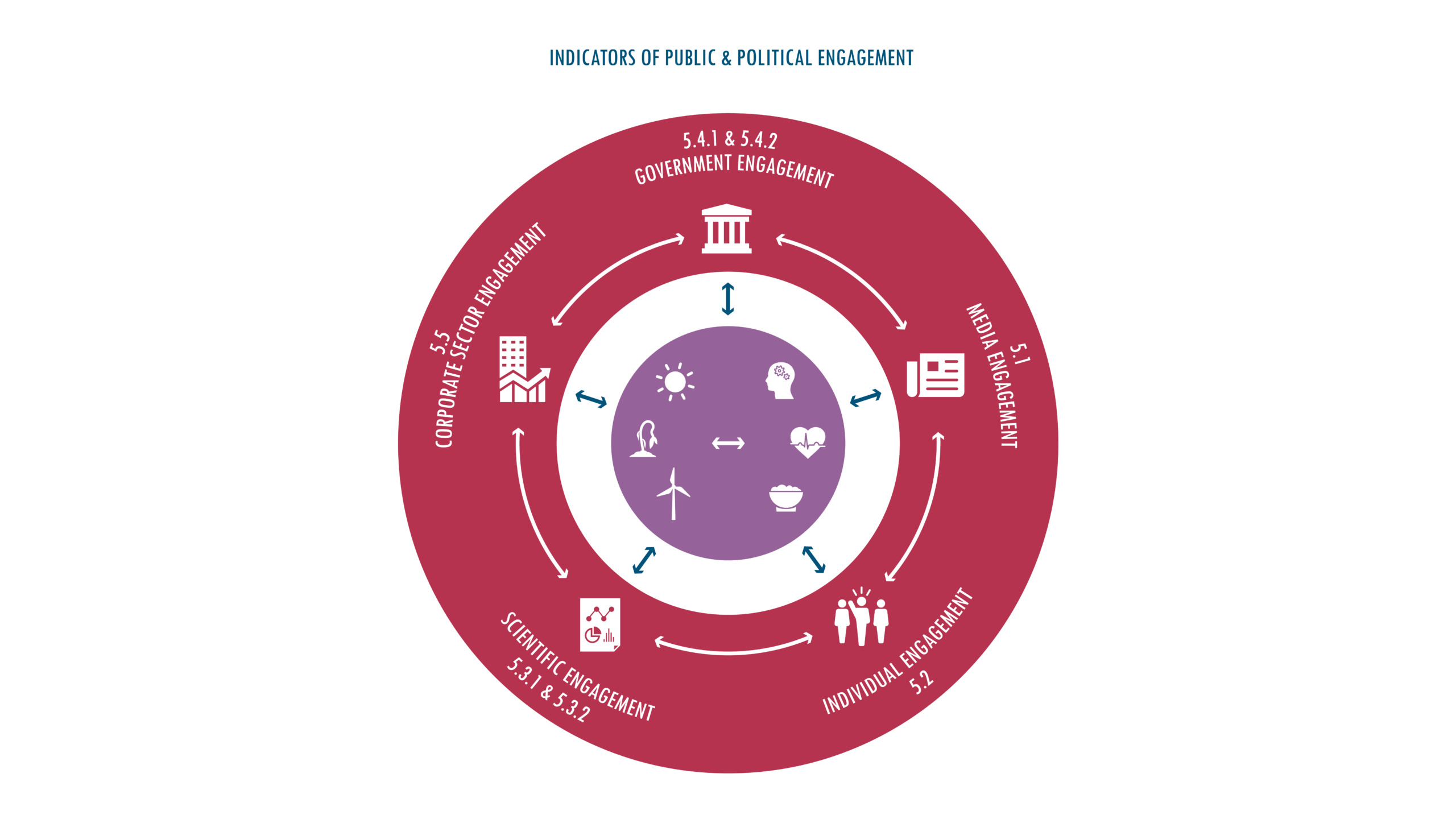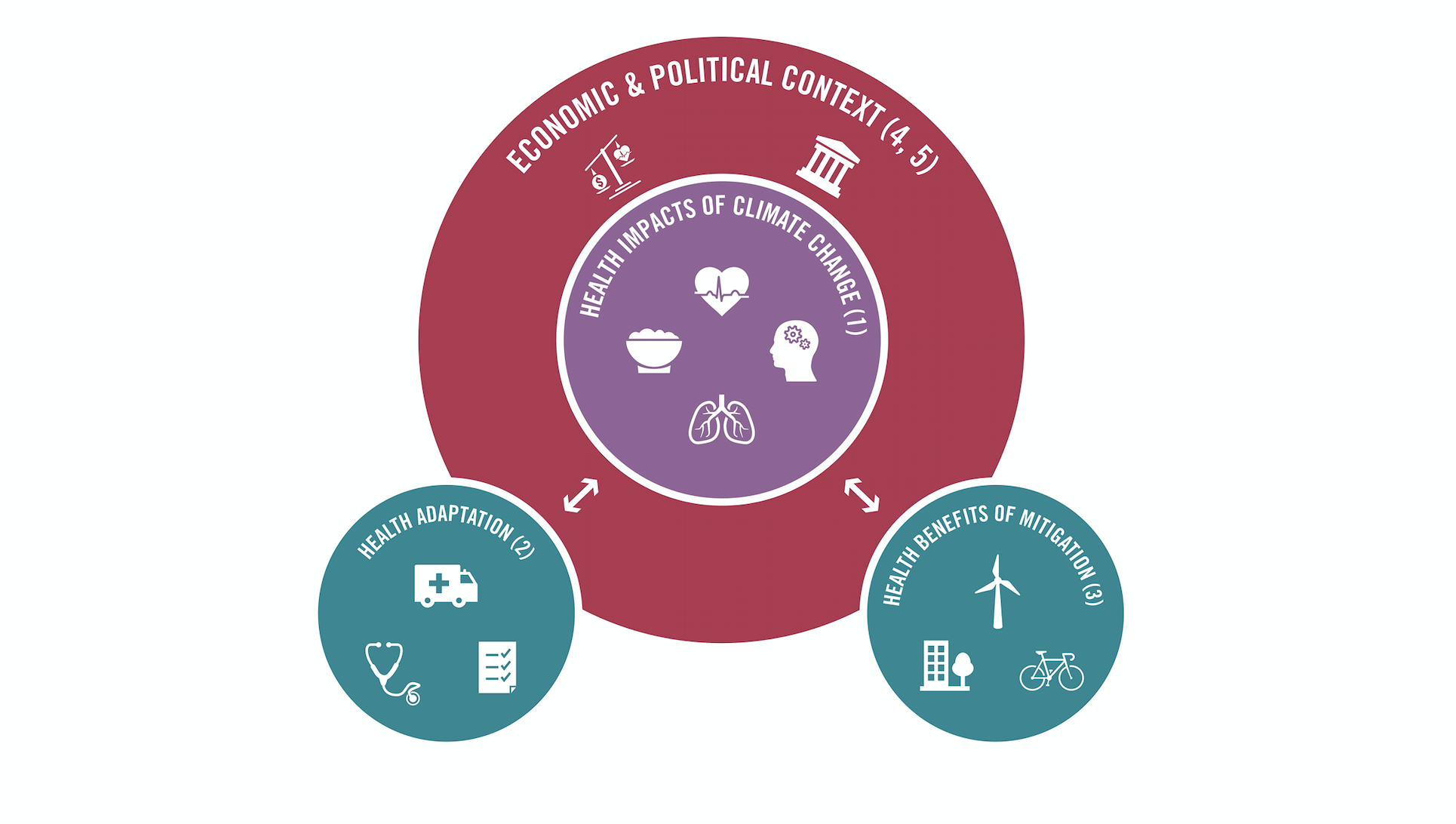Data sources
1. Food Balance Sheets, 2019. Food and Agriculture Organization.
2. Global Food Losses and Food Waste: Extent, Causes and Prevention, 2011. Gustavsson, J et al., Food and Agriculture Organization of the United Nations.
3. Global Dietary Database 2017: Data Availability and Gaps on 54 Major Foods, Beverages and Nutrients among 5.6 million Children and Adults from 1220 Surveys Worldwide, 2021. Miller, V et al.
4. Trends in Adult Body-mass Index in 200 Countries from 1975 to 2014: A Pooled Analysis of 1698 Population-based Measurement Studies with 19·2 million Participants, 2016. NCD Risk Factor Collaboration.
5. Consumption of Nuts and Legumes and Risk of Incident Ischemic Heart Disease, Stroke, and Diabetes: A Systematic Review and Meta-analysis, 2014. Afshin, A et al.
6. Fruit and Vegetable Intake and the Risk of Cardiovascular Disease, Total Cancer and All-cause Mortality —A Systematic Review and Dose-response Meta-analysis of Prospective Studies, 2017. Aune, D et al.
7. Food Groups and Risk of Coronary Heart Disease, Stroke and Heart Failure: A Systematic Review and Dose-response Meta-analysis of Prospective Studies, 2019. Bechthold, A et al.
8. Food Groups and Risk of Colorectal Cancer, 2018. Schwingshackl, L et al.
9. Food Groups and Risk of Type 2 Diabetes Mellitus: A Systematic Review and Meta-analysis of Prospective Studies, 2017. Schwingshackl, L et al.
10. Nut Consumption and Risk of Cardiovascular disease, Total Cancer, All-cause and Cause-specific Mortality: A Systematic Review and Dose-response Meta-analysis of Prospective Studies, 2016. Aune, D et al.
11. Body-mass Index and All-cause Mortality: Individual-participant-data Meta-analysis of 239 Prospective Studies in Four Continents, 2016. The Global Mortality Collaboration.
12. Global Age-sex-specific Fertility, Mortality, Healthy Life Expectancy (HALE), and Population Estimates in 204 Countries and Territories, 1950–2019: A Comprehensive Demographic Analysis for the Global Burden of Disease Study 2019, 2020. Wang, H et al.
